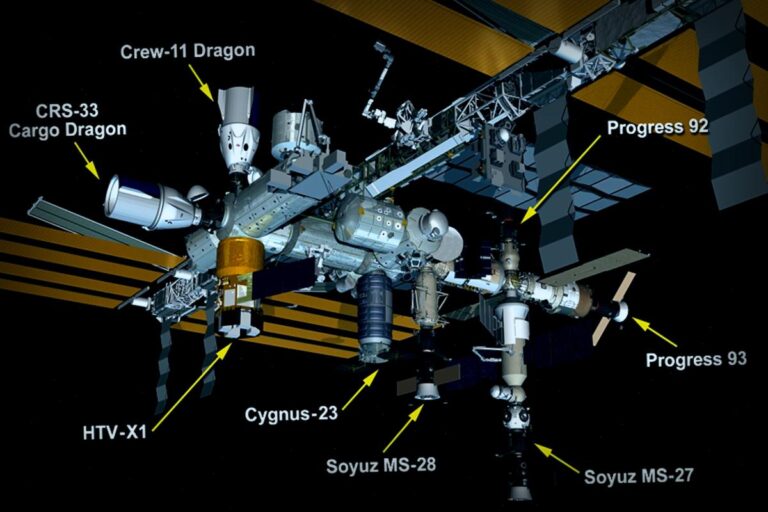Developing new drugs ain’t cheap and it takes a lot of time. A crucial step in this long journey is spotting high-quality ‘hit’ compounds. These are the gems that actually work well, showing high potency and selectivity that could lead to successful clinical trials. For over ten years, scientists have been turning to machine learning to make this early figuring-out process more efficient.
While traditional computer-aided drug design focuses on using computers to find compounds that could potentially interact with target proteins, accurately figuring out how strong these interactions are still presents challenges.
Dr. Benjamin P. Brown, an assistant prof at Vanderbilt University School of Medicine, expressed this perfectly: “Machine learning was expected to bridge the gap between precise but slow computer methods and faster simpler approaches. But so far, its full potential hasn’t been realized because current ML methods can get confused when they encounter new chemical structures they haven’t learned about yet.” This makes them less reliable for real-world drug discovery.
In a paper he authored in the Proceedings of the National Academy of Sciences, titled “A generalizable deep learning framework for structure-based protein-ligand affinity ranking“, Brown tackles this “generalizability gap” head-on.
His idea? Instead of learning from the whole 3D shape of a protein and its corresponding drug, he suggests creating a specific model that focuses solely on their interaction. This way, it learns the important distance-based interactions without getting sidetracked by the shortcuts from the training data that might not work with new molecules.
Brown mentioned, “This limitation across structures forces the model to grasp the fundamental principles of how molecules bind, rather than a few easy tricks it picked up while training.”
An important part of Brown’s research involved creating a strict evaluation system. He pretended that a brand new family of proteins emerged. Would his model still work well? To answer this, he deliberately left out certain protein superfamilies and their associated data during training, posing a real-world challenge for the model’s ability to generalize.
His findings brought forward several crucial points for the industry:
- Specialized task-focused structures show bright promise for developing models that can generalize from existing public data by emphasizing how molecules interact, rather than relying solely on their chemical makeup.
- The validation protocols highlighted the fact that even if ML models score well on usual benchmarks, they might flounder dramatically when facing new protein families. This underscores the urgency for stricter evaluations in the field to truly understand how useful these models really are.
- While the advancements in ability over older scoring systems may be modest, Brown paved the way for a reliable modeling strategy that aims to be consistent and dependable moving forward, which is vital for trusting AI in drug discovery.
Brown, who is involved with the Center for AI in Protein Dynamics, knows there’s still a mountain to climb. His current focus is on scoring—basically ranking how well compounds react with target proteins, which is just one piece of the complex drug discovery puzzle.
He adds, “My lab is deeply interested in the challenges of scaling up and generalizing within molecular simulation and computer-aided drug design. We’re excited to potentially share more advancements soon that aim to push these frontiers further.”
There are definitely hurdles ahead, but Brown’s efforts provide a clearer path toward a more robust approach using machine learning for targeted computer-aided drug design.
For more details: Check out Benjamin P. Brown’s work titled, “A generalizable deep learning framework for structure-based protein–ligand affinity ranking” in the Proceedings of the National Academy of Sciences (2025). doi.org/10.1073/pnas.2508998122.
Information sourced from Vanderbilt University.
This article originally appeared on Phys.org.


















